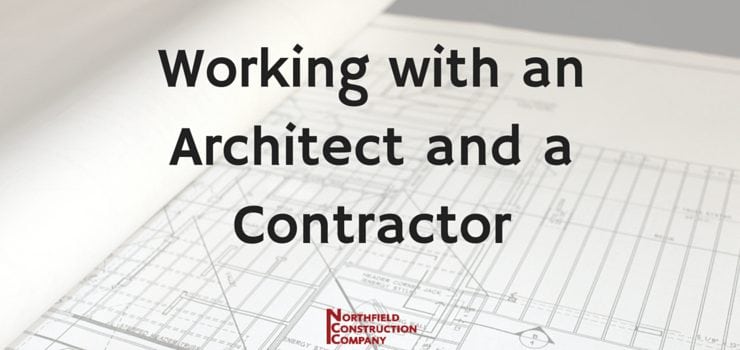As a homeowner in the midst of a new construction, it is nice to know that you are not alone on your journey. Along the way, the people who are there to help you are also the people who are making your dream home a reality. It is important that there is a relationship built among these men and women and the homeowner. Here are some tips on how to create a lasting foundation with Architects/Draftsmen and Contractors.
Focus on the details
Architects/Draftsmen thrive on detail. The more you are willing to give and work with, the better decisions they can make regarding elements of your home design.
Review your decisions in the early stages
Make sure that you, the Contractor and the Architect/Draftsman are all on the same page. Carefully review the Architect/Draftsman’s sketches and check in consistently with the Contractor before any ground is broken, just to ensure that you are all clear on the plan.
Don’t be afraid of asking questions
Contractors and Architects/Draftsmen are there to help you. If you want to know how something works or how a job is being completed, just ask them! Chances are, they’ll be more than willing to walk you through it.
Get to know the crew
It is a nice gesture to greet the crew members each day by name, and to socialize with them. Small things like this show the Contractor and their team that you truly appreciate all the work that they are putting in.
Familiarize yourself with the process
Having a good idea of what is going on during the planning and construction portions of the project is important because it establishes a line of communication between the homeowner, Architect/Draftsman and Contractor. Plus, it keeps the homeowner in the loop.
Learn some of the terminology
A knowledgeable homeowner is a happy homeowner. The more you know about the professions of the people you are working with, the smoother your transition will be. You don’t need to be an expert, but it might be nice to know some of the terms being tossed around. (If all else fails, practice the tip from earlier on asking questions!)


Focusing on the details is probably a good idea especially if you are trying to work with an architect. The contractor is going to be a little more general in my opinion but the more specialized you go the better. It might be nice to know when to go into great detail or not.